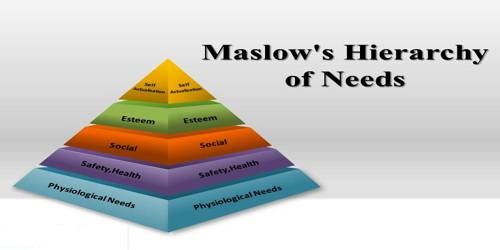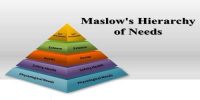Maslow Need Hierarchy relate to Social Responsibility from Institutions
Maslow’s hierarchy of needs was mentioned for the first time in the field of psychology and was created by Abraham Maslow, in his paper “A Theory of Human Motivation”. After the initial issue of the paper, Abraham Maslow extended the idea to include his observations of humans’ innate curiosity. His theories focus on describing the stages of growth in humans. He had used the terms such as physiological needs, safety needs, love and belongings, esteem, and self-actualization needs, as his objectives were to describe the pattern that human motivations generally move through. The physiological needs are the largest and most fundamental level of needs at the pyramid bottom of Maslow’s hierarchy needs. The self-actualization needs are at the pyramid top of Maslow’s hierarchy needs.
Maslow proposed that human needs exit in some order of priority, so that, as basic needs are relatively satisfied, other needs move in to dominate human expectations. He focused on the psychological desires of employees. He put further a theory that there are five levels in a hierarchy of human needs that employees necessitate having satisfied at work.
Business has to be concerned about the changing demands of common people. The business organization which concerns about the public demands and design their product and providing service according to it will be considered as a socially responsible institution. Even though, through this, they will definitely reach its actual goal and can archive desire position. It is definite that people do not all move uniformly along a hierarchy of needs, and people have different ways of expressing their needs, so there will still some difference of opinion about social responsibility. That is why business has to play a very definite role to fulfill the demands, needed by the general people.













